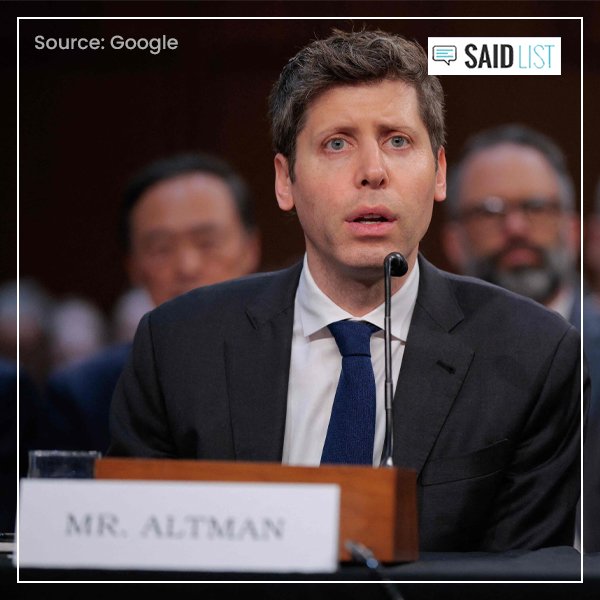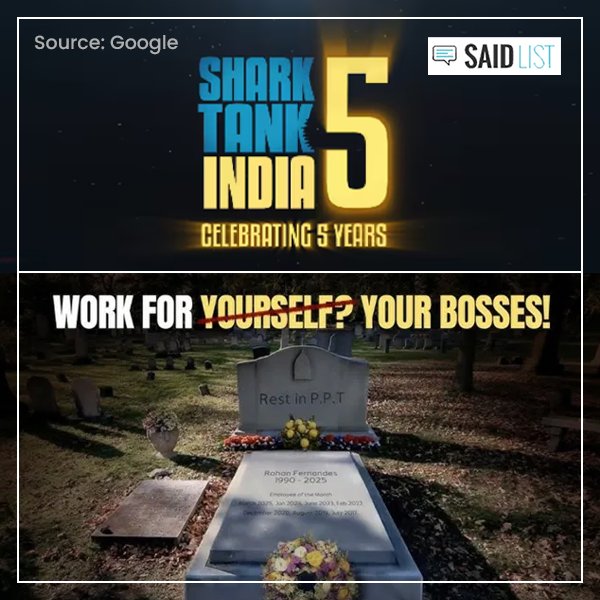Abhinav Arora, a 10-year-old spiritual content creator, recently found himself at the center of controversy after being spotted carrying a designer Dior bag at the Mahakumbh Mela. The incident sparked widespread debate, with many online users alleging that the bag was made of calfskin leather, contradicting the beliefs of many devout Hindus. However, in response to the criticism, Abhinav and his father, Tarun Raj Arora, have categorically denied the claims, asserting that the bag is made of fabric canvas.
The Viral Video That Sparked the Controversy
On February 12, 2025, Abhinav Arora was seen at the Mahakumbh Mela, dressed in saffron robes and carrying a Dior bag. The sight of a young spiritual orator holding a luxury item intrigued many, and a video of him carrying the bag quickly went viral. Moments before taking a holy dip at the Sangam—the confluence of the Ganga, Yamuna, and the mythical Saraswati rivers—Abhinav set the bag aside, further fueling curiosity about its origins and authenticity.
Social Media Outrage Over Alleged Calfskin Leather
Many social media users took to platforms like X (formerly Twitter) to express their outrage. They pointed out that the Dior “Hit The Road” backpack is crafted from canvas and smooth calfskin. This caused a stir, as the use of calfskin contradicts Hindu beliefs that consider cows sacred.
One user posted, “Abhinav Arora is holding a Dior bag worth more than ₹3 lakhs, and it is made of black smooth calfskin. How can someone who claims to be a devotee of Lord Krishna carry such an item to Mahakumbh?” Screenshots from Dior’s official website were also shared, indicating that the “Large Dior Hit The Road Bag” contains “black coated canvas with CD diamond print and black smooth calfskin.”
Abhinav Arora’s Clarification
In response to the backlash, Abhinav Arora and his father, Tarun Raj Arora, issued a statement, strongly denying the claims. Abhinav emphasized that he does not use leather in any form, including footwear. His statement read:
“The said bag is made out of fabric canvas and not calfskin. I don’t use leather at all, even in my footwear. I will never do that in my lifetime.”
His father further clarified that the bag was purchased during a foreign trip but refused to reveal its exact make and model, reiterating that it was purely made of fabric.
Addressing Concerns About Materialistic Possessions
Abhinav also responded to allegations regarding materialism, stating:
“As far as materialistic possessions are concerned, I am living a family-centered social life and performing religious rituals. I am not a saint, just a devotee and a spiritual orator. Whatever I do, I don’t hide. Otherwise, I wouldn’t have taken the said bag to Sangam, where 2 crore people took bath on Magh Purnima.”
This statement aimed to dispel the perception that he was trying to conceal any details about the bag.
The Role of Social Media in Controversies
Social media has played a crucial role in amplifying the controversy. With instant access to information and speculation, public figures are often scrutinized heavily. The allegations against Abhinav Arora serve as a prime example of how quickly narratives can be formed and debated in the digital age.
While some users expressed outrage, others defended the young spiritual orator, stating that accusations should be based on verified facts rather than assumptions. A few also highlighted that owning a designer bag should not undermine his devotion or spiritual pursuits.
Understanding the Cultural and Religious Sensitivities
In Hinduism, cows are considered sacred, and many devout followers abstain from using leather, particularly calfskin. The controversy surrounding Abhinav’s bag underscores the deep-seated cultural and religious sentiments in India. For many, the idea of a spiritual devotee carrying an item allegedly made of calfskin was unacceptable, leading to the widespread backlash.
However, it is essential to separate facts from assumptions. Abhinav’s statement, supported by his father, clarifies that the bag was made of fabric canvas, not calfskin, making the accusations unfounded.
Luxury and Spirituality: Can They Coexist?
One of the larger debates arising from this controversy is the intersection of luxury and spirituality. Some believe that a spiritual path necessitates renouncing material possessions, while others argue that wealth and devotion can coexist. Historical figures like Swami Vivekananda and contemporary spiritual leaders have often addressed this issue, emphasizing that spirituality is a matter of inner purity rather than external appearances.
Abhinav Arora’s case brings forth similar questions: Should spirituality be judged based on material possessions? Does carrying a luxury item diminish one’s devotion? These are subjective viewpoints that vary among individuals and religious interpretations.
What This Incident Reveals About Online Misinformation
The backlash against Abhinav Arora also highlights the prevalence of misinformation on social media. Many users shared unverified claims without substantial evidence. In an era where digital platforms dominate information exchange, it is crucial to fact-check before forming conclusions.
This case serves as a reminder that public figures, regardless of their age, are susceptible to scrutiny and misrepresentation. Responsible journalism and ethical social media usage are necessary to prevent unwarranted controversies.
Conclusion
The controversy surrounding Abhinav Arora’s Dior bag at Mahakumbh showcases how quickly narratives can spiral online. The incident also raises broader questions about materialism in spirituality and the role of social media in shaping public perception.
In a time where online reactions dictate public discourse, it is essential to verify facts before jumping to conclusions. Abhinav Arora’s case exemplifies how digital scrutiny can amplify controversies, emphasizing the need for responsible social media engagement and accurate information sharing.











